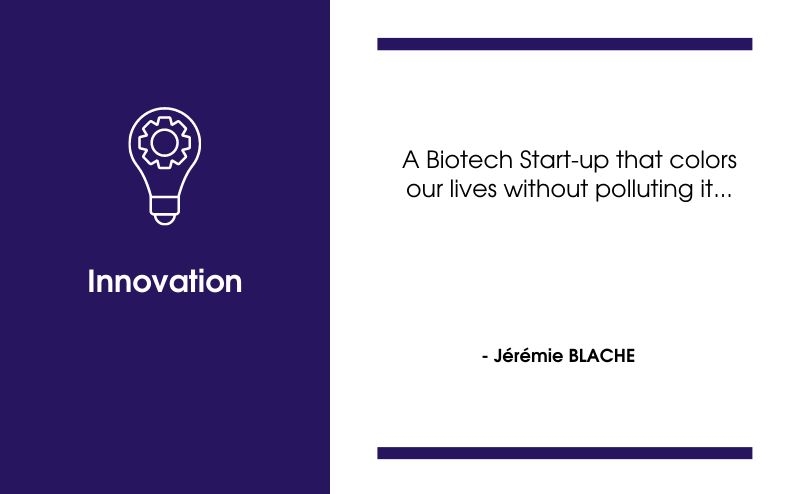
A Biotech Start-up that colors our lives without polluting it...
Innovation
Jérémie BLACHE (PGE 2015)
CEO Founder PILI
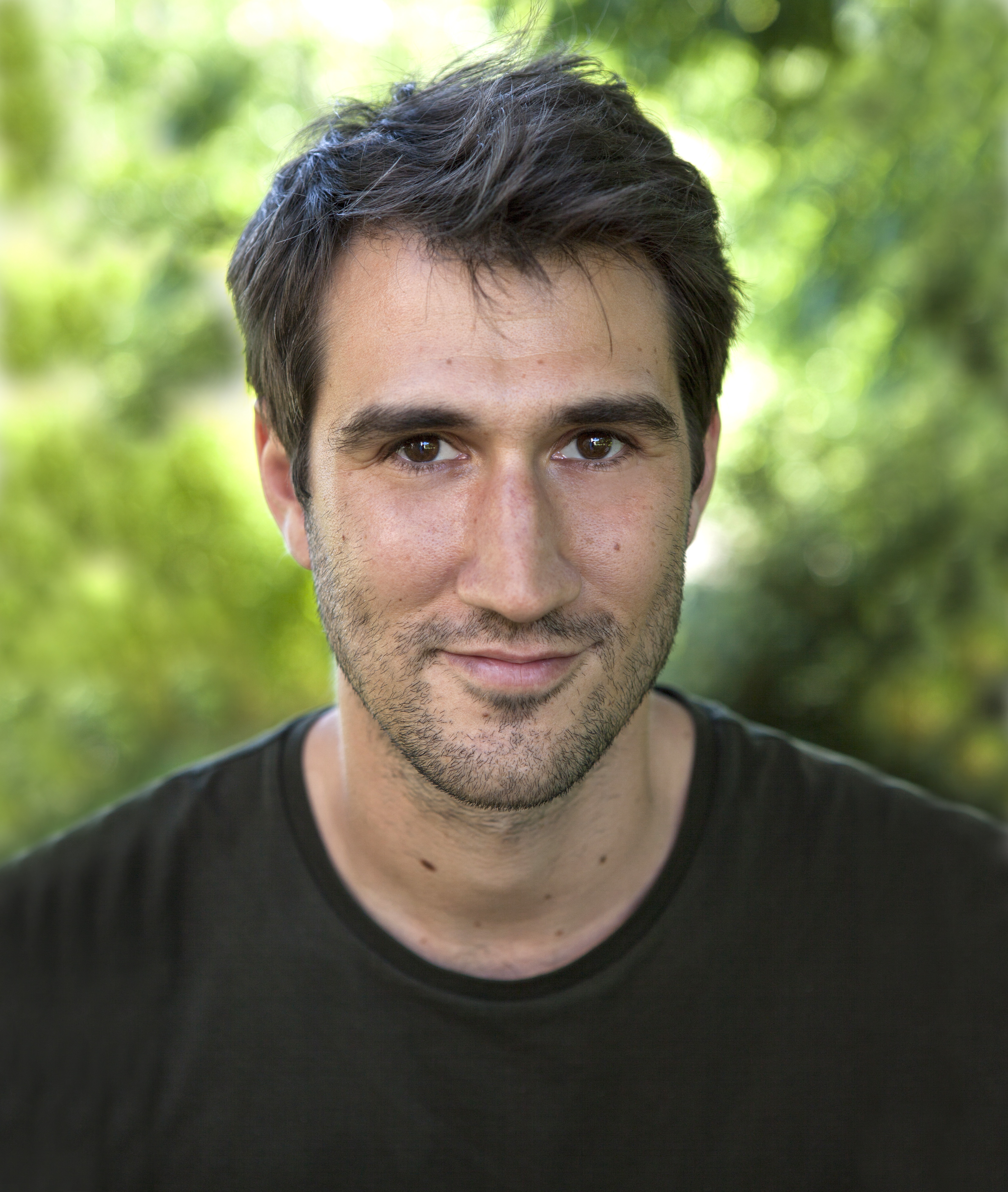 |
Briefly, what is your background?
After a Baccalaureate in Economics and a preparatory course in economics, I joined TBS where I studied BDA (The Arts Association) in the first year before joining the Finance course in M1 and then Corporate Finance in M2. After a first internship in the music industry, I preferred to reorient into finance to better understand the functioning of all types of companies.
|
What is Pili? How was it born and how did you get the idea?
During a one-year gap year where I had the chance to do two very formative internships in investment banking, I discovered an association developing collaborative scientific projects. It was there that I met my future partners who had created an educational workshop illustrating how to produce ink from sugar and bacteria using fermentation. After several articles in the press and meetings with two companies interested in the concept, we decided to participate in a start-up competition specialising in biotechnology. The initial objective was to sell pens containing biobased ink. Receiving a prize from this competition convinced me to go for it full time. 6 months later we joined a biotech startup accelerator which was our first official investor. It was at this point that the legal structure was created. PILIs’ mission was officially to produce bio-based dyes and pigments for the most polluting sectors using these products, with textiles in the lead.
Six years after its creation, the company has 25 Pilists spread over three sites (Toulouse, Lyon, Paris) and has invested €10m to revolutionise the global production of colour with more ecological processes.
Where does the name PILI come from?
PILI is the plural of pilus, which refers to a kind of hair or arm used by certain bacteria to exchange genetic information and thus adapt to their environment. With this name, we like to remind you that it is the collaboration between humans and non-humans that will allow us to face the climate challenges of this century. Take a look at the play page of our website for more content on the extraordinary life of the microbes that we collaborate with daily.
What can you tell us about the pollution of the colour industry?
The colour industry uses co-products of the oil and coal industry as raw materials, then the heavy chemical industries modify these raw materials with very energy-intensive processes (temperatures ranging from 300 C° to 0 C° for certain reactions) and involving numerous dangerous and toxic products such as sulphuric acid or benzene in very large quantities. These products generate waste that is often poorly treated, sometimes simply released into the environment when production areas are poorly controlled. On average, one ton of fossil dye (99.9% of products today) emits 15 to 30 tons of CO2 equivalents. The PILI technology should make it possible to divide these emissions by 5 to 10.
Why is PILI an innovative solution? How can bacteria make pigments?
In fact, the bacteria do not produce the pigments, but it is the raw material that replaces the one currently produced from oil or coal. These are called chemical intermediates. Today, more than 90% of them are produced in two countries, China and India. Then we use organic chemistry processes that respect the 12 principles of green chemistry as much as possible to transform these bio-sourced intermediates produced by fermentation and create renewable colours that emit less CO2 than their fossil versions. The scientific disciplines involved in these innovations are molecular biology (synthetic biology), process engineering and fermentation, analytical chemistry, organic chemistry and formulation.
You told me that you have not been impacted by the covid crisis because you do not have any turnover yet, but perhaps you have had to change the way you work?
Except for the first two months of closure, end March-April-May 2020, our public and private partners were able to continue working normally, and shortages of certain laboratory consumables were really rare. As we are not the owners of the laboratories where we work, we only had to follow the sanitary instructions without taking responsibility for their implementation. Our teams worked on-line when possible. We stopped meeting clients in person altogether and videoconferencing became the norm without a hitch. The frequency of exchanges with customers has even increased thanks to the easier and quicker organisation of meetings.
In your opinion, has the covid crisis had an impact on mentalities (awareness of a real economic, industrial and ecological problem on a global scale)? Is it a fad or a real change that is taking place?
The covid crisis has had a proven impact on awareness of climate change, and companies are allocating more resources than before to the search for greener goods and services, unevenly and more or less effectively of course. We can no longer talk about a fad, the change will be deep and lasting, but will it be fast enough? Regrettably, there is still too much "greenwashing" , especially in the sectors most involved in emissions such as finance, transport and energy. Another notable element is that legislation is not radical enough, and the evidence is mounting, including the latest article in Le Monde signed by 150 French textile brand managers who are calling for stronger regulation of their sector so that the most committed are not penalised and that all brands pay the environmental costs of their activity. It is infuriating to read that "Today, the more a company pollutes, the less expensive its production is and the more competitive it is". Another more transverse initiative that we can also mention is the Convention of Companies for the Climate (CEC), which I recently joined and whose objective is to constitute a network of companies that will work, not against - as certain lobbies are accused of doing - but for climate regulation.
Who are your clients? How have they been impacted?
Our customers can be grouped by major application families: textiles, paints, inks and plastics and divided into two categories, factories and brands.
To my knowledge, the sector most affected by the crisis has been textiles. Other sectors, related to DIY, construction or packaging, have sometimes benefited.
How do you see the future of the textile industry? Will the period we have just been through given us ideas, new constraints?
I hope that the period we have just been through will enable us to courageously move away from "Business as Usual" (BAU). For me, it is a priority to set new constraints for companies, supported by citizens and enforced by elected officials. The difficulty is the scale because France can hardly change International standards on its own and must not sacrifice part of its competitiveness without a guarantee of profound and global changes. It is probably necessary to act in conjunction at the national and European levels. Interestingly, the European textile industry is relocating some production. These factories sometimes use robotics to automate as many tasks as possible. A jeans factory is being built in Germany, and in France, we can cite the 1083 jean brand, which is a great success story of relocation. In the north of France, a project to reindustrialise a spinning mill has been announced for 2021 and will open in 2022, and there must be a good dozen examples like these in France alone. It is impossible to know how far this dynamic will go. It may only concern negligible volumes, but the future will tell. As long as companies are not obliged to keep rigorous extra-financial accounts, polluting is likely to remain more profitable than doing one's bit. Investors and asset managers, bound by their fiduciary responsibility to savers, are often the guardians of a system that places profitability above the fight against climate change. We will surely have to make a few revolutions - including the savings revolution - to change the climate trajectory. On this subject, I recommend reading "L'illusion de la finance verte" by Alain Grandjean and Julien Lefournier, published last May.
Author

Je me plais à évoluer dans des milieux challengeants aux projets innovants et prometteurs comme je peux l'expérimenter actuellement chez Kinéis. Très sociable, j'aime travailler en équipe et apprendre ne me fait pas peur. Bien au contraire, c'est ce qui me motive. See 2 See the author's other publications



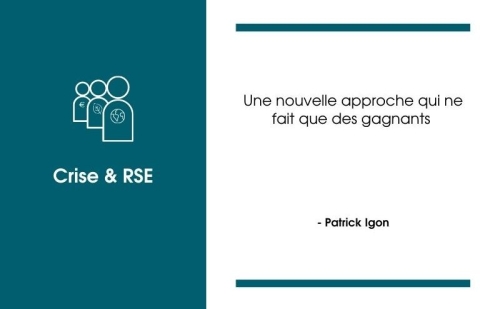
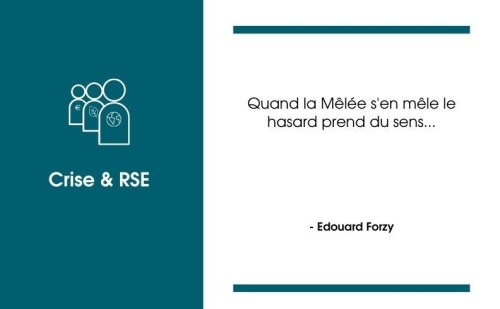
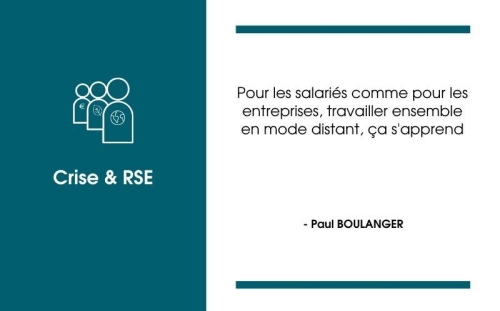
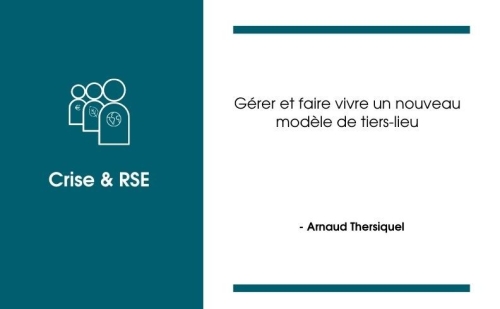
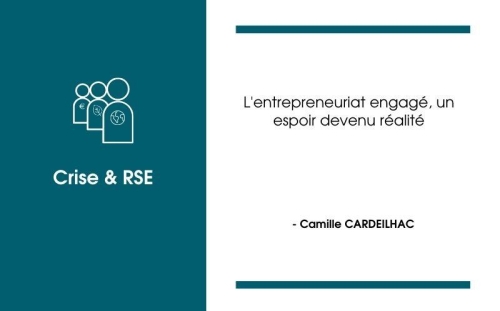
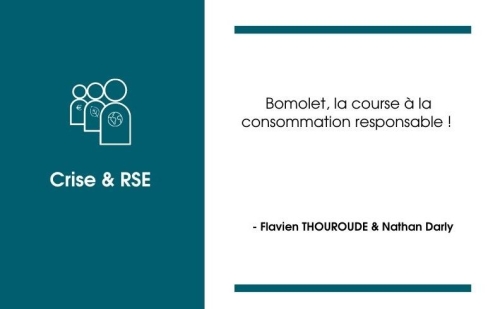
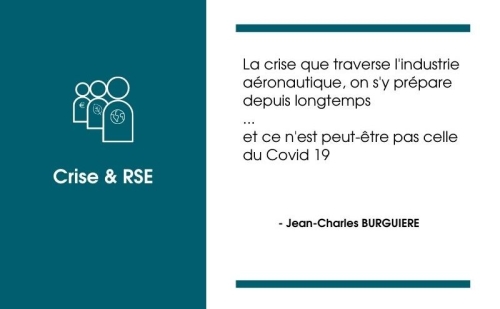
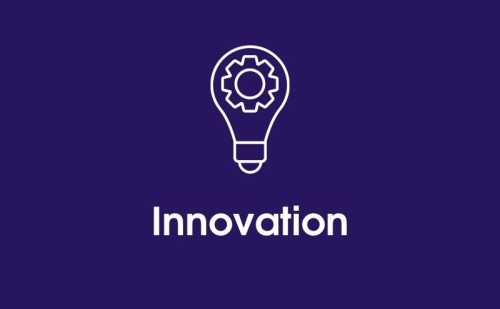
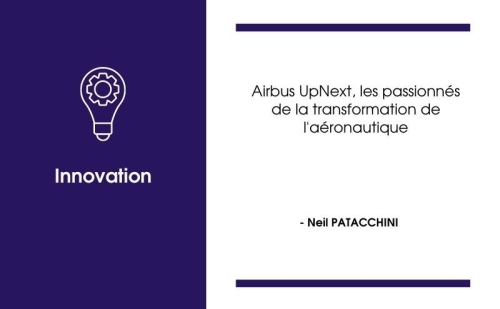
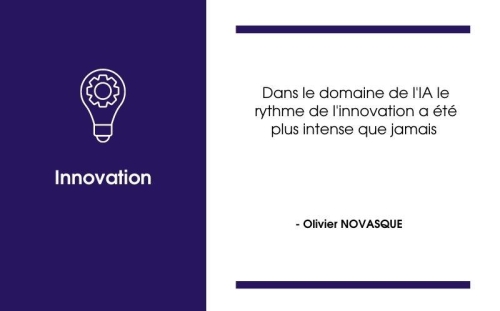
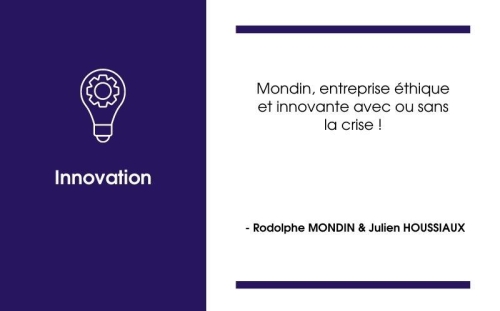
No comment
Log in to post comment. Log in.